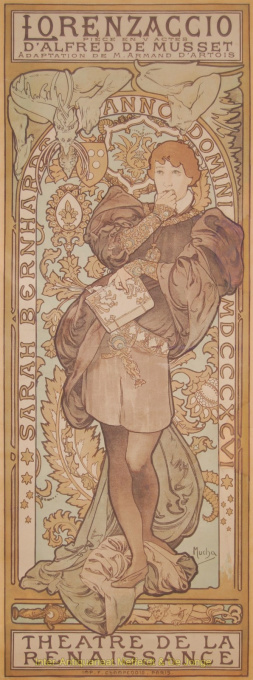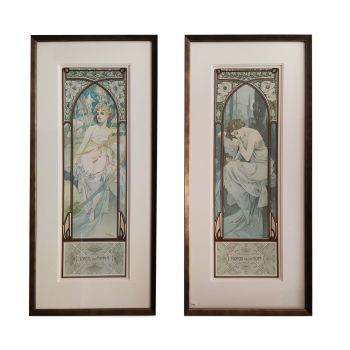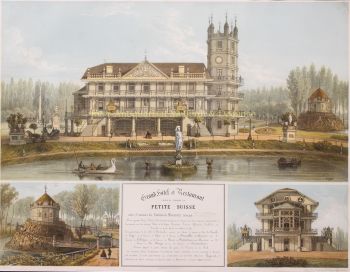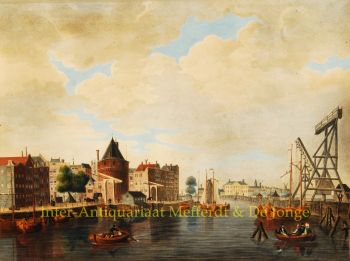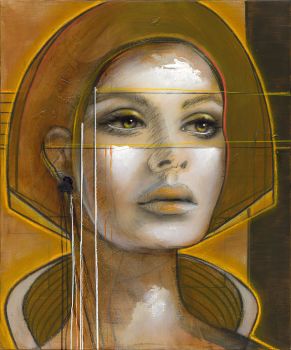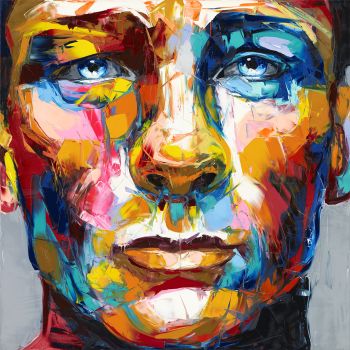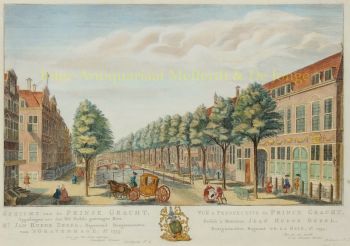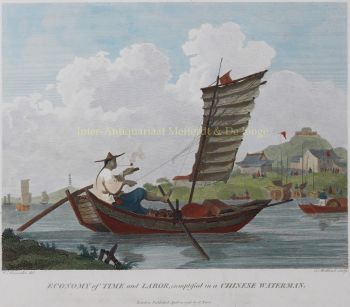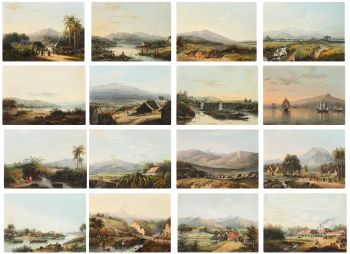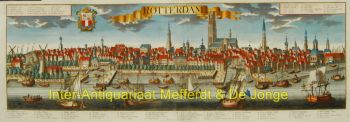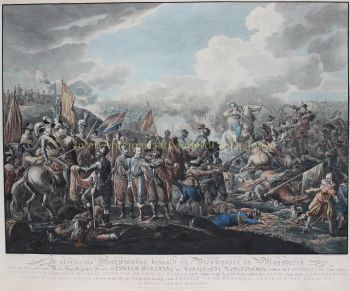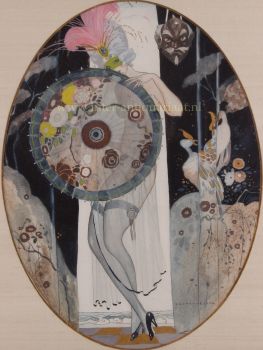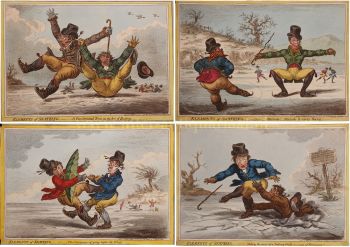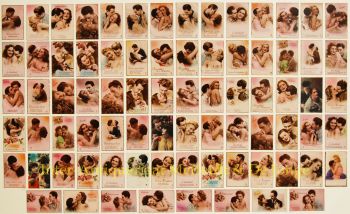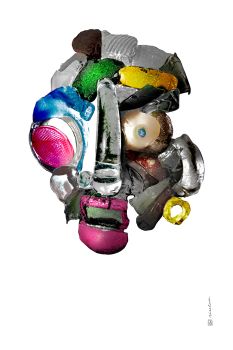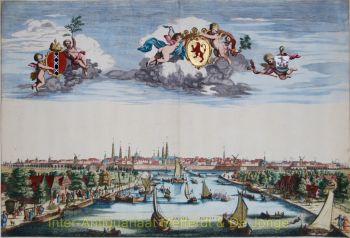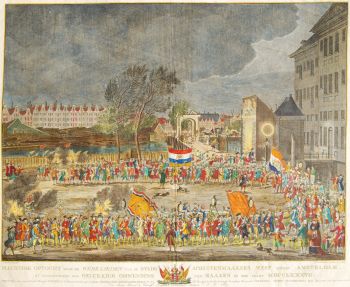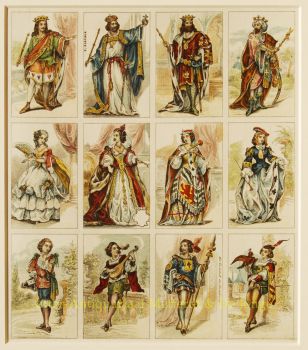Lorenzaccio (Sarah Bernhardt) 1896
Alphonse Mucha
Atualmente indisponível via Gallerease
- Sobre artePoster designed by Alphonse Mucha for the play "Lorenzaccio" based on the story of Alfred de Musset starring Sarah Bernhardt. Lithograph printed by Champenois in Paris in 1896. Size: 100,5 x 38,2 cm. In Lorenzaccio, Sarah Bernhardt played the tragically romantic male hero, Lorenzo de' Médici, at the time of the siege of Florence by Alessandro de' Medici, symbolized in the poster by a dangerous dragon that threatens the Medici coat of arms. Lorenzo plans the murder of Alessandro, symbolized by the dagger piercing the dragon in lower panel of the poster. Sarah Bernardt, never afraid to perform a male role, made Lorenzaccio one of the classic roles in her repertoire. Alphonse Mucha was born in Moravia (present-day Czech Republic) and is inextricably linked to Art Nouveau, initially called 'le style Mucha'. Like no other, he managed to depict the Slavic soul with a slightly melancholic touch. Mucha left for Paris in 1887. The city was overwhelmed by his work and his posters were stolen from the streets. The graceful lines, fresh pastel colors and sumptuous motifs in his illustrations of sensual women became the icons of the fin de siècle. Such design, soft coloring and stunningly subtle drawing had never been seen before Mucha and gave direction to Art Nouveau. Yet Mucha did not want his work to be labeled "Art Nouveau" [new art], in his view art was eternal and could never be new. Still today, Mucha remains world famous. With this beautiful poster Mucha's Art Noveau reaches its peak, the combination of carefully considered details makes it a masterpiece. Price: Euro 3.950,- (incl. frame)
- Sobre artista
Alphonse Mucha nasceu na Morávia a 24 de julho de 1860. Foi um pintor Art Nouveau checo e também um artista decorativo. O Mucha tem um estilo muito distinto e é conhecido por isso. Ele criou muitas obras de arte, incluindo pinturas, ilustrações, anúncios, cartões postais e designs. Mucha fazia parte do movimento Jugendstil. Ele trabalhou em todo o mundo, de Praga a Paris, de Brno a München e da cidade de Nova York a Sarajevo. Mucha casou-se com Maruška (Marie / Maria) Chytilová em 10 de junho de 1906, em Praga. A filha deles nasceu em Nova York e o filho em Praga em 1915. Mucha foi preso em 1939 pela Gestapo e interrogado por suas obras de arte e sua mensagem. Embora Mucha tenha sido liberado, ele pode ter sido afetado por isso e ele morreu no dia 14 de julho de 1939 em Praga devido a uma infecção pulmonar.
Artwork details
Related artworks
- 1 - 1 / 1
Abraham Salm
Twenty-four chromolithographs of Java after A. Salm”1801 - 1876
Preço em pedidoZebregs & Röell - Fine Art - Antiques
1 - 4 / 24

